[Qianjie September new beans] express delivery! Carefully selected and baked, just to show the good coffee
[preface]
Friends who follow us all know that we also got a lot of new beans in August! Now let's sort out and introduce these new beans with their own characteristics.
[African beans]
[Gemma, Ethiopia]

Country: Ethiopia
Producing area: Gemma
Altitude: 1800 m
Variety: native species
Treatment: sun treatment
The main producing areas in Ethiopia are Sidamo Sidamo, Yegashefi Yirgacheffe, Cochel Kochere, Hara Harar and Gemma Djimma.

Djimma coffee grows in the Illubabor and Kaffa regions of Ethiopia, between 1340 and 1830 metres above sea level, and produces and exports about 60, 000 tons of coffee each year. Djimmah is also known as Jimma Coffee. Although the town of Djimmah is actually quite small, Djimmah coffee accounts for the majority of Ethiopian coffee exports, accounting for almost 50 per cent.
Flavor: although it is tanned, it has a bright acidity. Dry aromas of jasmine, with aromas of roasted peanuts, wet aromas of fermented wine, acidity of lime, lemon, citrus and carambola, sweet berries in the middle, and some grapefruit peel and black tea at the end.
[Womkun, Kenya]
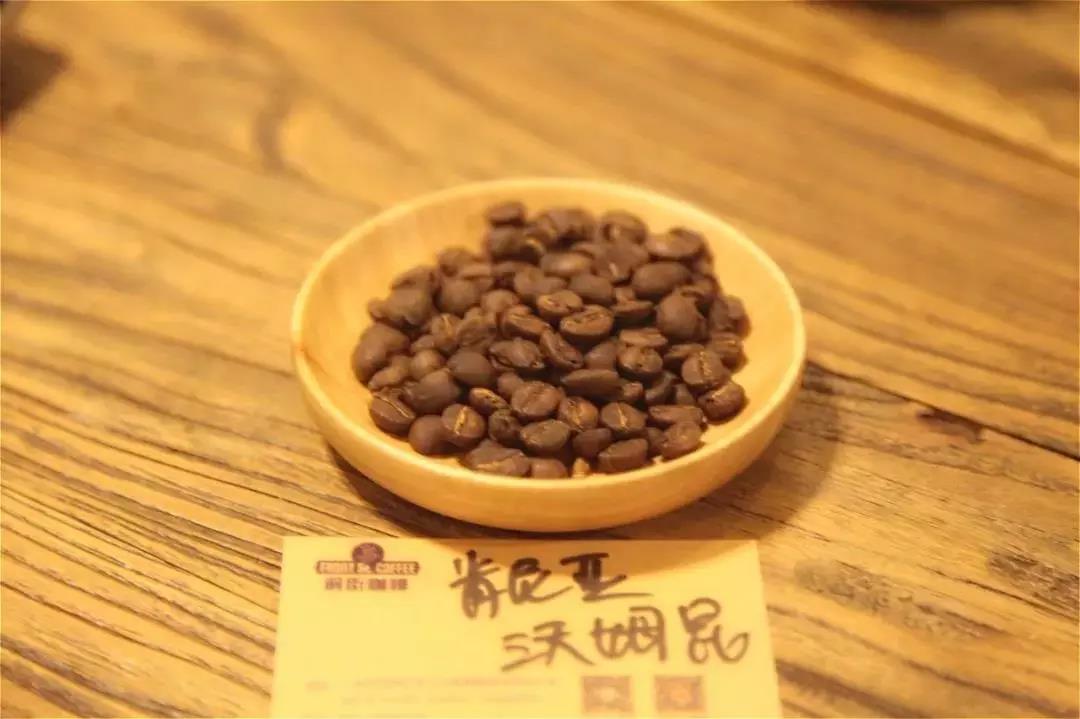
Country: Kenya
Producing area: Sika producing area
Treatment plant: Womkun treatment plant
Altitude: 1900 Murray 2000 meters
Variety: SL28,SL34
Treatment: 72 hours washing
The Womkun treatment Plant (Wamuguma) is located in the Thika region of Kenya and is one of the only two washing plants in the Sika region. The Womkun treatment plant is located on the hillside of the Aberdel Mountains on the eastern boundary of the Great Rift Valley, 1600m above sea level. The beans are SL28 and SL34. There are about 2000 farmers in Sika, half of whom send cherries to the Womkun processing plant for processing, which can handle about 250000 kilograms of coffee fruit each year, making it a medium-sized plant.
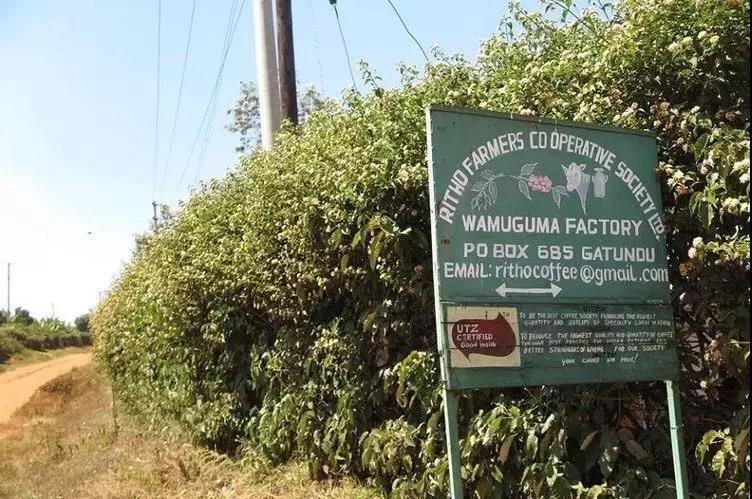
What is K72 hour washing? ]
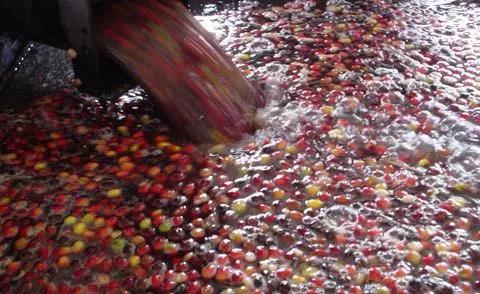
This is a cycle of repeated treatment, which originated in Kenya and washed after fermentation. after harvest, the best cherries were selected for peeling and fermentation. the fermentation time was 24 hours and washed with clean river water after 24 hours. Then, it was fermented again with clean river water for 24 hours, then washed, and repeated 3 times for 72 hours, so it was called Kenyan 72-hour fermentation water washing treatment, abbreviated as [K72].
Flavor: this bean is washed with K72 to make the bean more sour, showing sour flavors of citrus, lemon and passion fruit, with bright ripe tomato flavors, sugar-like sweetness and a finish of grapefruit, peel and brown sugar.
[China and America]
[Genesis Micro batch of Costa Rica]

Country: Costa Rica
Producing area: Western valley
Altitude: 1700 m
Processing plant: Finca Genesis Genesis Micro batch processing Plant
Variety: Kaddura / Kaduai
Treatment: insolation
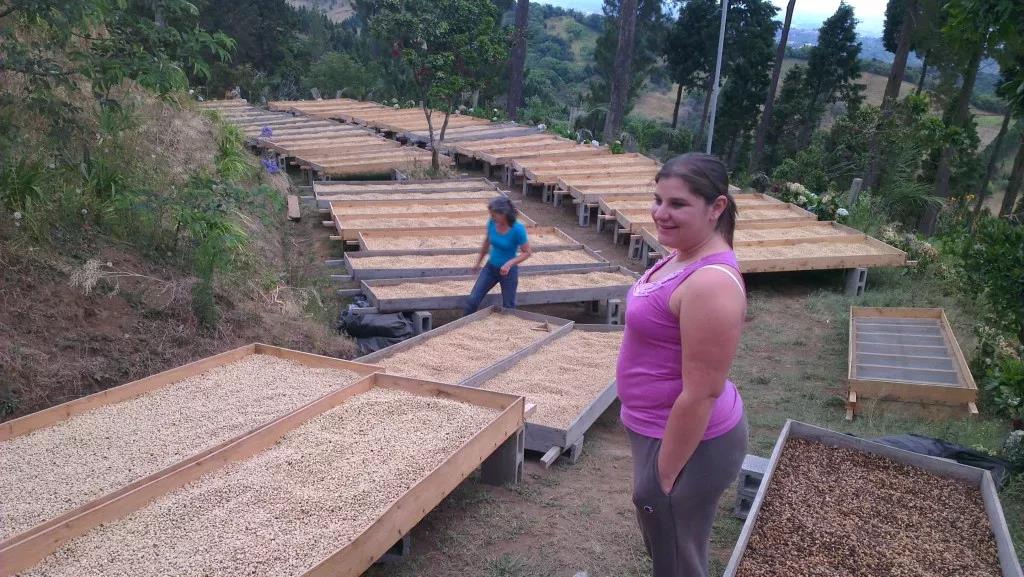
Genesis is one of the earliest microbatch processing plants in Costa Rica and is now run by Oscar Mendes and his wife Olga. They have been producing coffee for many years, and the couple are the leaders of their community and share a lot of experience and knowledge with other farmers. Oscar and Olga buy coffee cherries from farmers in the area and process raw coffee beans at Genesis. Producers can simply pay for processing services, or they can sell their cherries to a processing plant, where the coffee processed will attach the name of the farm to the coffee for recognition.
Flavor: the overall balance is high, the sweetness is good, and the taste is very clean. With aromas of fermented wine, spices and caramel, the palate is sour and then sweet, with citrus and grapefruit flavors, juicy and refreshing berry finish.
[Manor Erida, Panama]
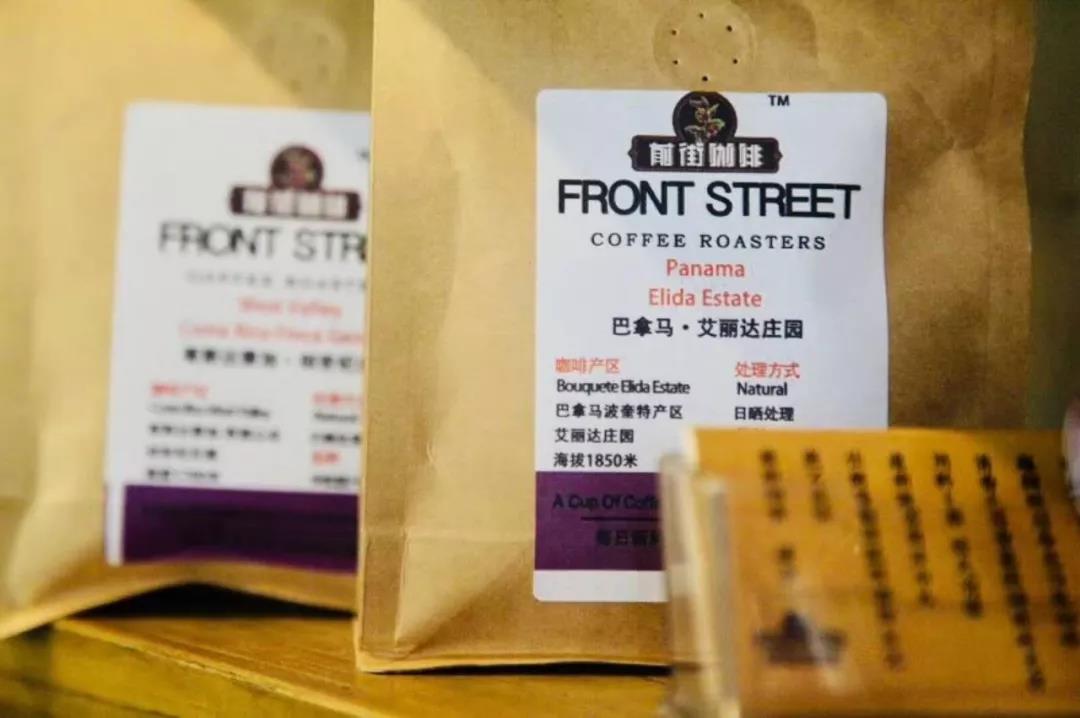
Country: Panama
Region: Pokuit producing area
Manor: Alida Manor
Altitude: 1850 m
Variety: iron pickup
Treatment: insolation
Elida Manor in Panama is located in Pokuit, a famous boutique coffee producing area in Panama. Elida Manor has a total area of 65 hectares, more than half of which is within the scope of Baru Volcano National Park, only 30 hectares of the estate is used for planting coffee trees, and the rest are virgin forests. Coffee is grown from 1670 meters to 1850 meters above sea level and is one of two coffee farms with high elevations in Panama.

There are three main varieties planted in Elida Manor, namely, Catuai (Kaduai), Typica (Iron pickup) and Geisha (Rose Summer). The processing plant of the manor is halfway up the hillside. After the coffee is picked, it can be transported to the factory for processing as soon as possible to ensure that the quality of the coffee fruit is not affected. Of course, Elida's environment is also suitable for growing other high-quality temperate crops, especially tree tomatoes and some uncommon high-altitude fruits, which are interestingly often found in Elida coffee.
Flavor: with aromas of caramel, roasted almonds, flowers and jackfruit, fermented wine, smooth entrance, obvious flavor of raisins, peaches, oranges, cantaloupe, sucrose and caramel, green tea, high cleanliness.
[Honduras Sweet Orange Manor]
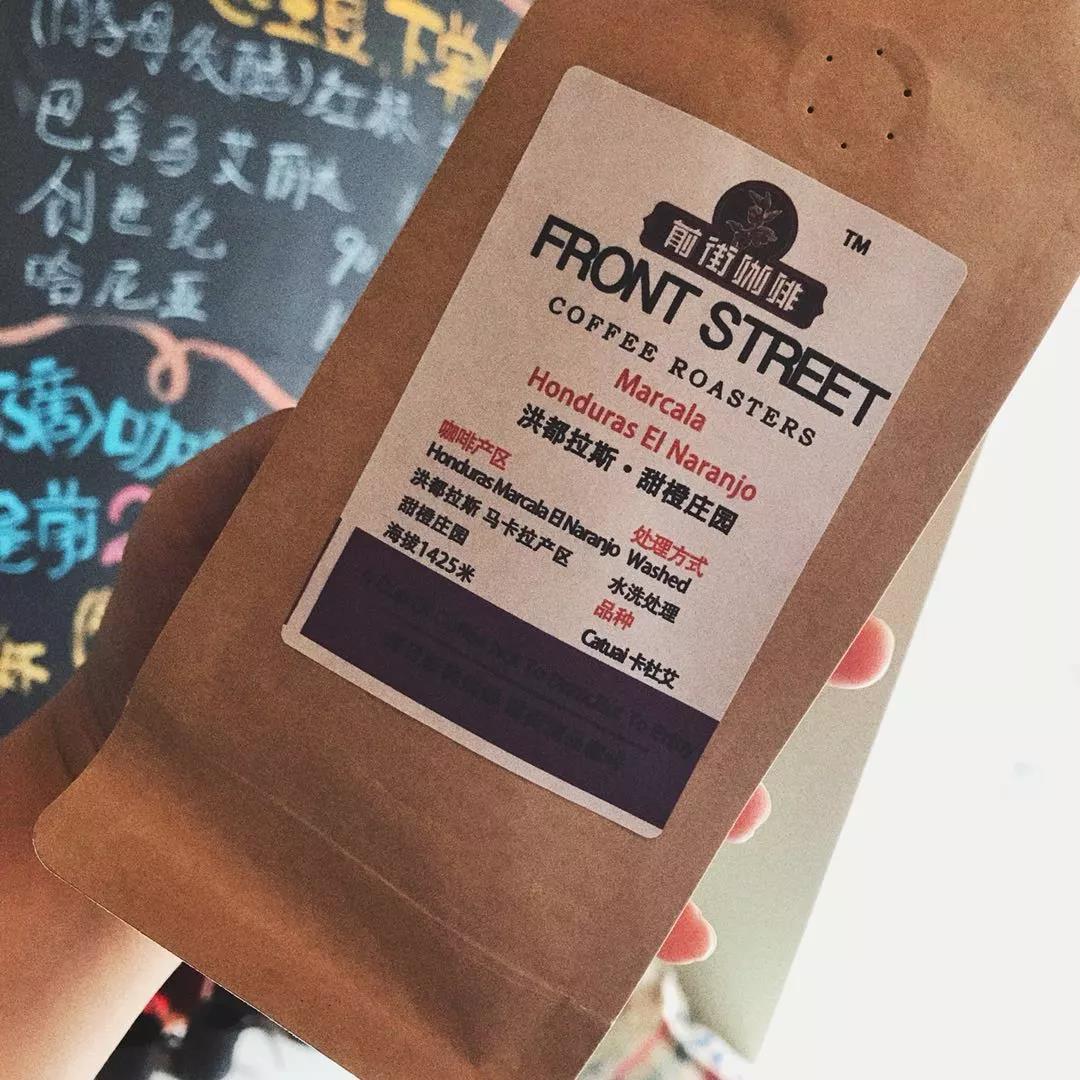
Country: Honduras
Producing area: Makala Marcala
Altitude: 1425 m
Variety: Kaduai
Treatment: washing
Sweet Orange Manor (El Naranjo) is located in Marcala, one of the most famous producing areas in Honduras. Honduras is born with suitable soil and water, and there are a number of high-quality coffee trees growing in Honduras. The manor is also named after the shade tree, so the shade tree of the sweet orange manor is a tall wild orange tree, the aroma of wild orange is very strong, there is a rare rich sweetness in growing coffee here, and orange fruit trees also inject rich flower and fruit aromas into the coffee.

The varieties now grown on the estate are Kaddura, Bourbon and Rosa. In addition to fruit trees and coffee trees, the manor also has windbreak walls to protect coffee and fertilizer mainly composed of fresh coffee fruit shells. In 2016, Sweet Orange Manor also won the COE award!
Flavor: this bean is washed with dry aromas of spices and roasted peanuts, making the beans more sour, with soft sour berries, orange, cantaloupe, cream, nuts, dark chocolate and a hint of black rice tea at the end.
[Asian beans]
[Indian style-stained Malaba]

Country: India
Producing area: the coast of Malaba in southern India
Altitude: 1100-1200 m
Variety: Kents,S795,Catimor,selection 9
Treatment method: wind stain and sun treatment method
The main reason for the formation of wind-stained Malabar is that in ancient times it took months for coffee to be transported to Europe. During the voyage, due to exposure to salt-filled sea breeze and moisture, the coffee beans changed a special taste and the original fresh dark green coffee beans also became yellowish brown with Mantenin. At that time, Europeans liked this rich thickness and peculiar flavor.
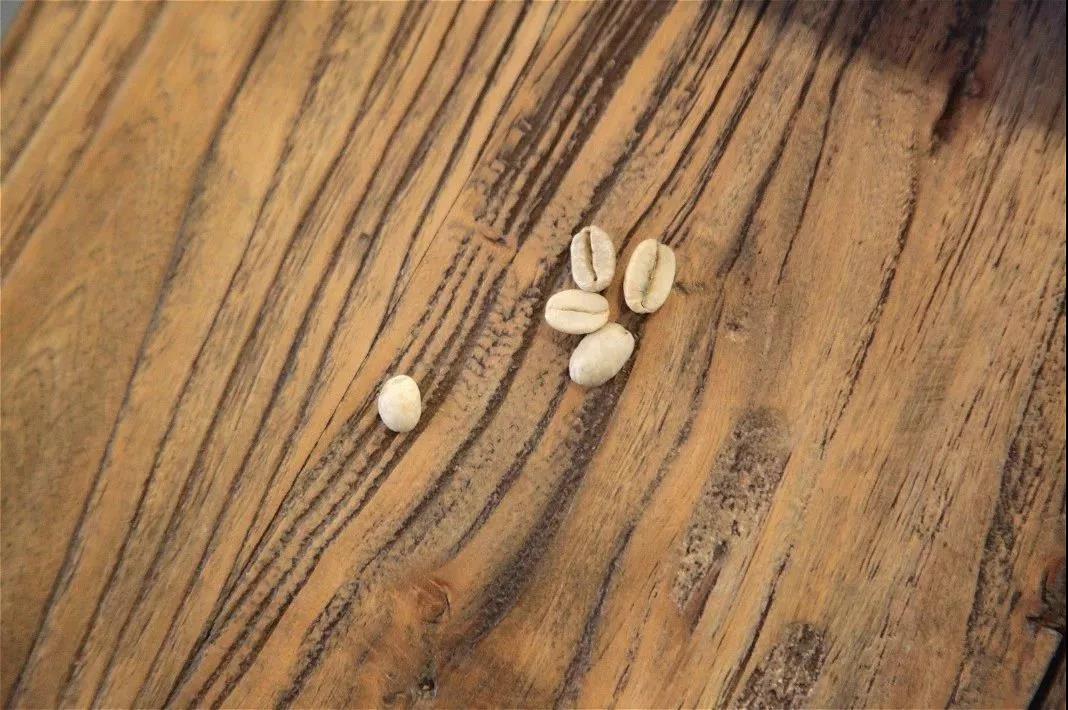
What is the treatment of wind stains in the sun? ]
In May and June every year, the monsoon phenomenon occurs in southwestern India. Wind-stained coffee needs to be made with sun-cured beans. Coffee farmers bask the beans flat in the wind-stained factory, which is about 12-20 cm thick, and place them for five days. Rake these coffee beans again and again, so that all the coffee beans are exposed to the extremely humid air at that time, and then put the beans loosely in a bag and pile them up. So that the monsoon can blow through the bag. The wind-stained plant faces to the west and welcomes the salty monsoon blowing from the southwest. Coffee beans are laid flat in the wind field, the windows are all open, and the monsoon humidity blowing from the Arabian coast in summer is very high, and the wind stains return to the bag to a certain extent, but the coffee beans should not be too full, and the coffee bags should not be piled too dense so as not to be airtight and moldy. There these bags are restocked once a week for a total of 7 weeks, until the coffee beans change color and taste. Also from time to time to pour out coffee beans to replace sacks to avoid breeding mold, which is quite time-consuming and labor-consuming.

The weathering period is about 12 to 16 weeks, and after it is ripe, it has to be fumigated to drive out the weevil, and finally the beans are screened manually to pick out the failed beans that have not turned golden. Since June, after three to four months of wind stains, the volume of green coffee beans has doubled to double, the color has changed from green to golden yellow, the weight and density have decreased, the moisture content is about 13%, and the acidity of beans has also been reduced, resulting in significant changes in quality and quantity. Finally, the unwind-stained beans or other sundries and defective beans are screened again to remove those coffee beans that are not affected by the "monsoon", and then prepare for cup testing, grading, bagging, export, and so on. October to February of the following year is a good time to make "monsoon" coffee.
Flavor: because the coffee beans have been exposed to the moist monsoon for a long time, the acidity of the coffee itself has been greatly reduced, and the taste is very special. Rich aromas of caramel, raisins and herbs, with a raspberry finish and a taste of black rice tea.
The above are our new beans in September ~ both the treatment and the flavor have their own characteristics, especially special!
Important Notice :
前街咖啡 FrontStreet Coffee has moved to new addredd:
FrontStreet Coffee Address: 315,Donghua East Road,GuangZhou
Tel:020 38364473
- Prev

Start the group like crazy! Huakui 39.9, Yunnan 19.9 half pound free delivery! 29.9 hanging ear combination, Flower Butterfly
"is Qianjie crazy? Here we go again, yes!
- Next
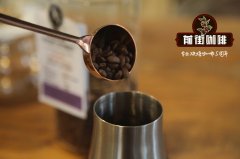
Introduction to the characteristics of Esseguji Coffee producing area Guji Huakui Coffee Bean hand-flavored taste
Professional coffee knowledge exchange more coffee bean information please follow the coffee workshop (Wechat official account cafe_style) Guji coffee producing area introduction: the Guji coffee producing area in southern Ethiopia is adjacent to the Sidamo and Gedeo areas, across the towering mountains, highlands, plateaus, valleys and plains
Related
- Detailed explanation of Jadeite planting Land in Panamanian Jadeite Manor introduction to the grading system of Jadeite competitive bidding, Red bid, Green bid and Rose Summer
- Story of Coffee planting in Brenka region of Costa Rica Stonehenge Manor anaerobic heavy honey treatment of flavor mouth
- What's on the barrel of Blue Mountain Coffee beans?
- Can American coffee also pull flowers? How to use hot American style to pull out a good-looking pattern?
- Can you make a cold extract with coffee beans? What is the right proportion for cold-extracted coffee formula?
- Indonesian PWN Gold Mandrine Coffee Origin Features Flavor How to Chong? Mandolin coffee is American.
- A brief introduction to the flavor characteristics of Brazilian yellow bourbon coffee beans
- What is the effect of different water quality on the flavor of cold-extracted coffee? What kind of water is best for brewing coffee?
- Why do you think of Rose Summer whenever you mention Panamanian coffee?
- Introduction to the characteristics of authentic blue mountain coffee bean producing areas? What is the CIB Coffee Authority in Jamaica?

